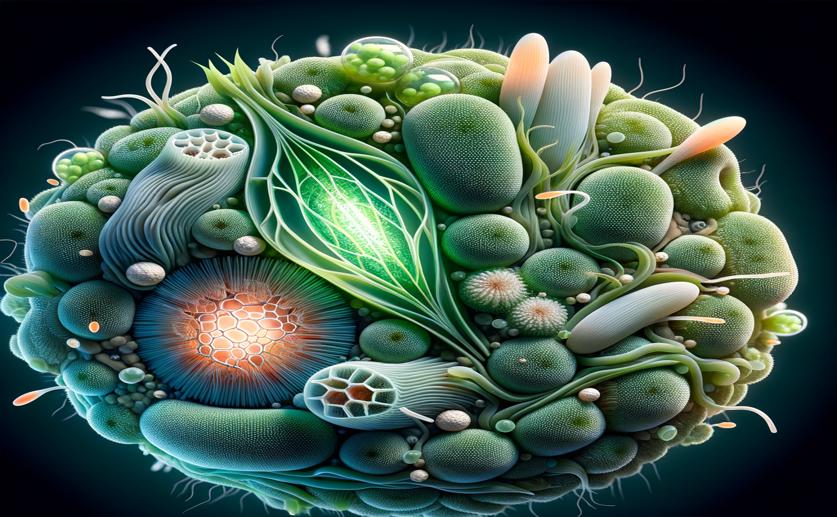
How Light Control Works in a Unique Micro-Algae Species
Greg Howard
19th March, 2024

Image Source: Natural Science News, 2024
Key Findings
- In Italy, scientists found that P. strigosum diatoms' silica shells enhance photosynthesis and block UV rays
- The shells manipulate light through diffraction, refraction, and wave-guiding to protect and nourish the diatoms
- These findings could inspire new technology based on diatoms' natural light-managing structures
BiochemPlant ScienceMarine Biology
References
Main Study
1) Multiple-pathways light modulation in Pleurosigma strigosum bi-raphid diatom.
Published 18th March, 2024
https://doi.org/10.1038/s41598-024-56206-y
Related Studies
2) Numerical Analysis of the Light Modulation by the Frustule of Gomphonema parvulum: The Role of Integrated Optical Components.
3) The molecular basis for pore pattern morphogenesis in diatom silica.
4) Underwater Light Manipulation by the Benthic Diatom Ctenophora pulchella: From PAR Efficient Collection to UVR Screening.
5) Comparative Structural and Functional Analyses of the Fusiform, Oval, and Triradiate Morphotypes of Phaeodactylum tricornutum Pt3 Strain.



 16th March, 2024 | Greg Howard
16th March, 2024 | Greg Howard